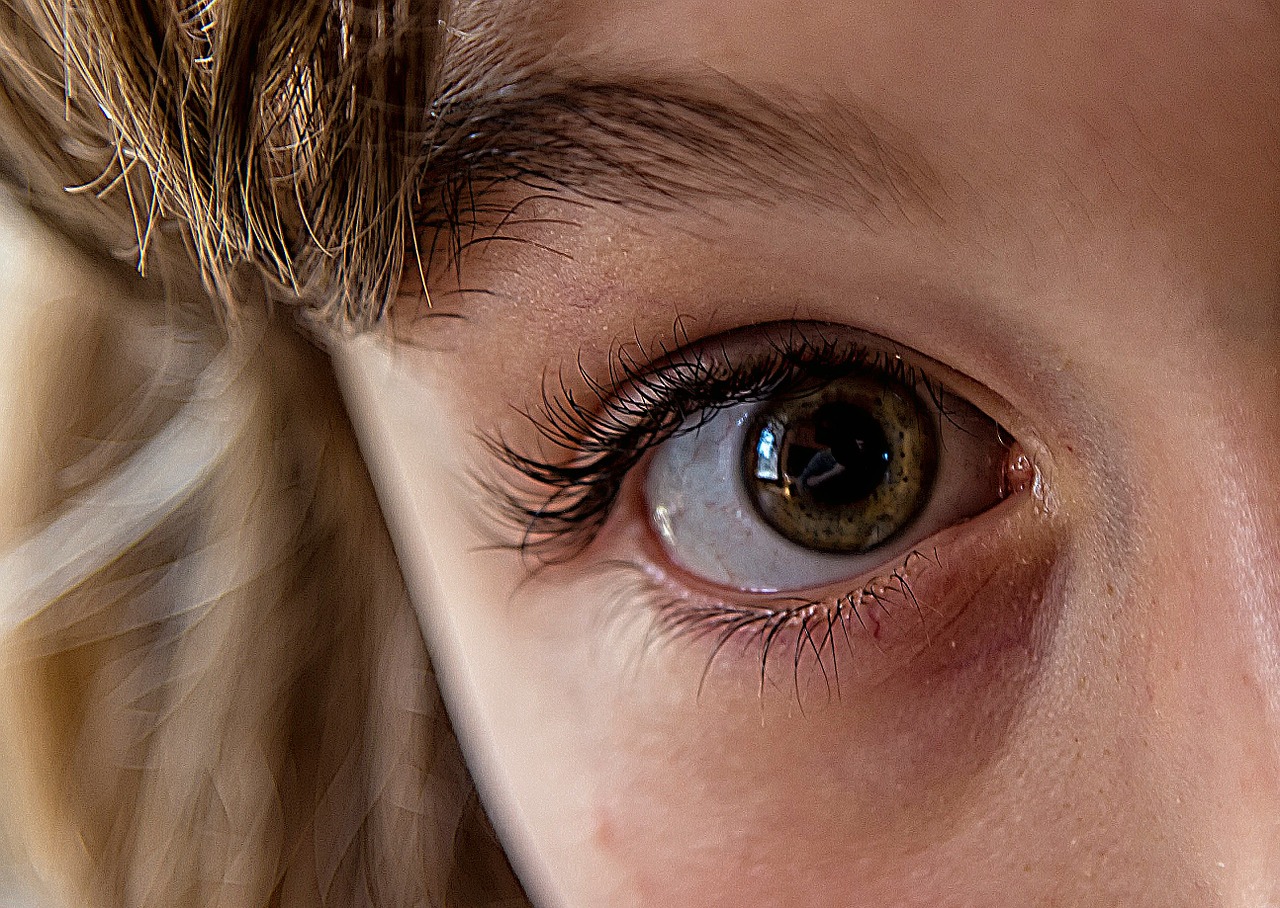A study by the University of Florence, the School of Psychology at the University of Sydney, and the University of Pisa has found that the pupils had the mechanism to sense numbers.
According to Professor David Burr, a co-author of the study from the Universities of Florence and Sydney, people spontaneously identify the size, color, movement, and form of surrounding items. They also identify the number of objects before them.
The ability, which he refers to as an evolutionary fundamental, is in all animals. It enables animals to establish the number of food items or attackers and other such essentials. He adds that most animals have a particular number sense.
The researchers tried to determine if an automatic and primitive physiological response could explain the spontaneous response. The pupil light reflex is an automatic physiological response as pupils dilate in the dark and constrict in light.
Professor Paola Bina from the University of Pisa states that cognitive and perceptual factors control the size of the pupil.
How researchers conducted the study
The researchers gathered a group of adults and showed them images of 18 or 24 dots connected by a line or secluded. They connected some of the dots into a dumbbell shape, making them seem smaller numbers even though they were the same.
The team noted that the diameter of the pupils varied according to the perceived number of dots even when they were the same. The diameter increased when participants thought there was a high number of dots and decreased when they thought there were fewer dots.
Dr. Elisa Castaldi adds that the study proves how numerical information correlates with perception. It could also serve as an early indication of dyscalculia, an insufficiency in mathematical learning. Doctors often see it when children who have no difficulty passing other subjects have difficulty learning maths.
Dyscalculia is characterized by an individual not knowing which number is more considerable and unable to add or count. If they do not grasp these basic concepts, they often have difficulty solving more advanced math problems.
This study could help doctors diagnose the condition in young children by asking them to look at a screen and gauging the pupil response.


